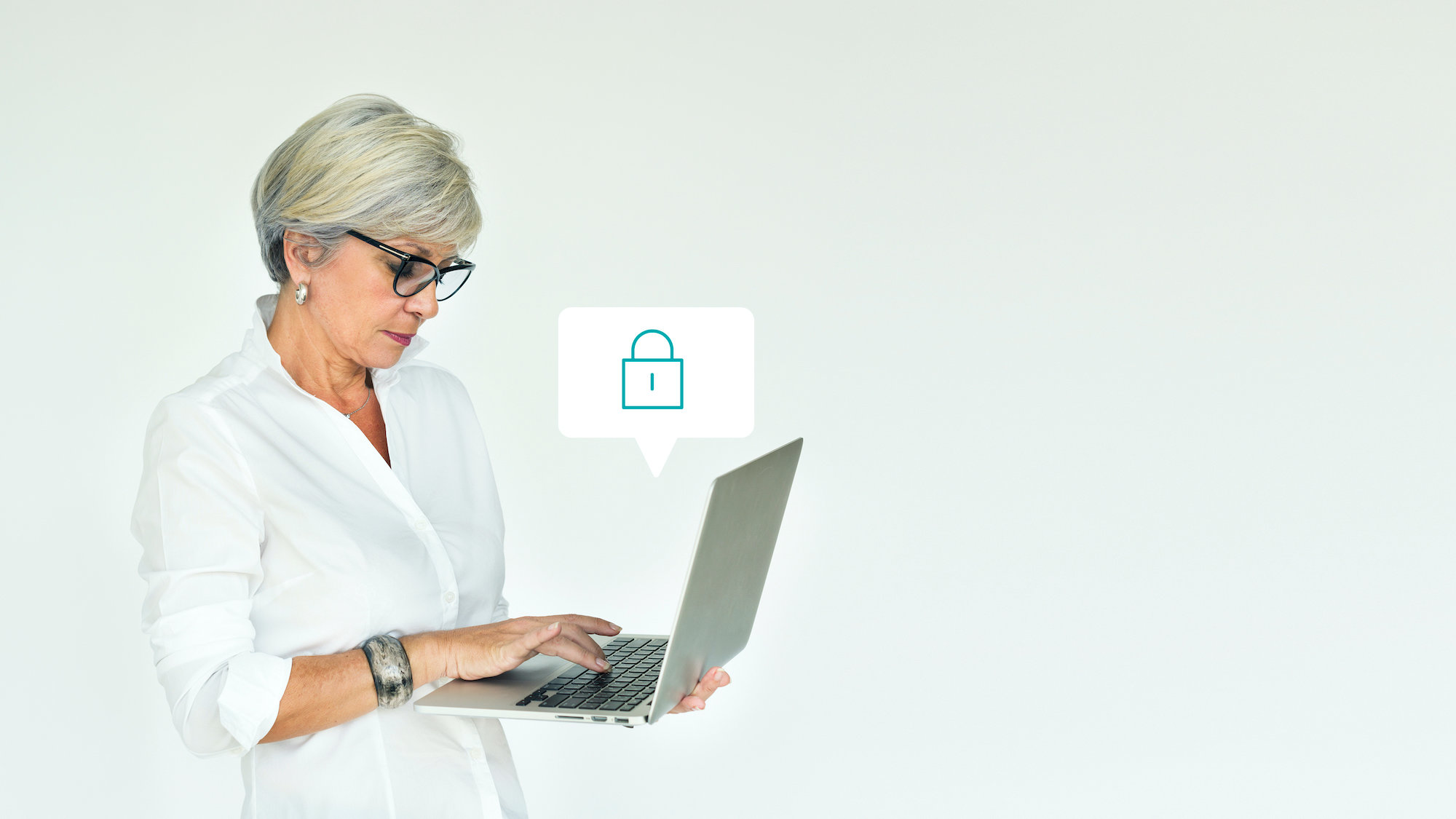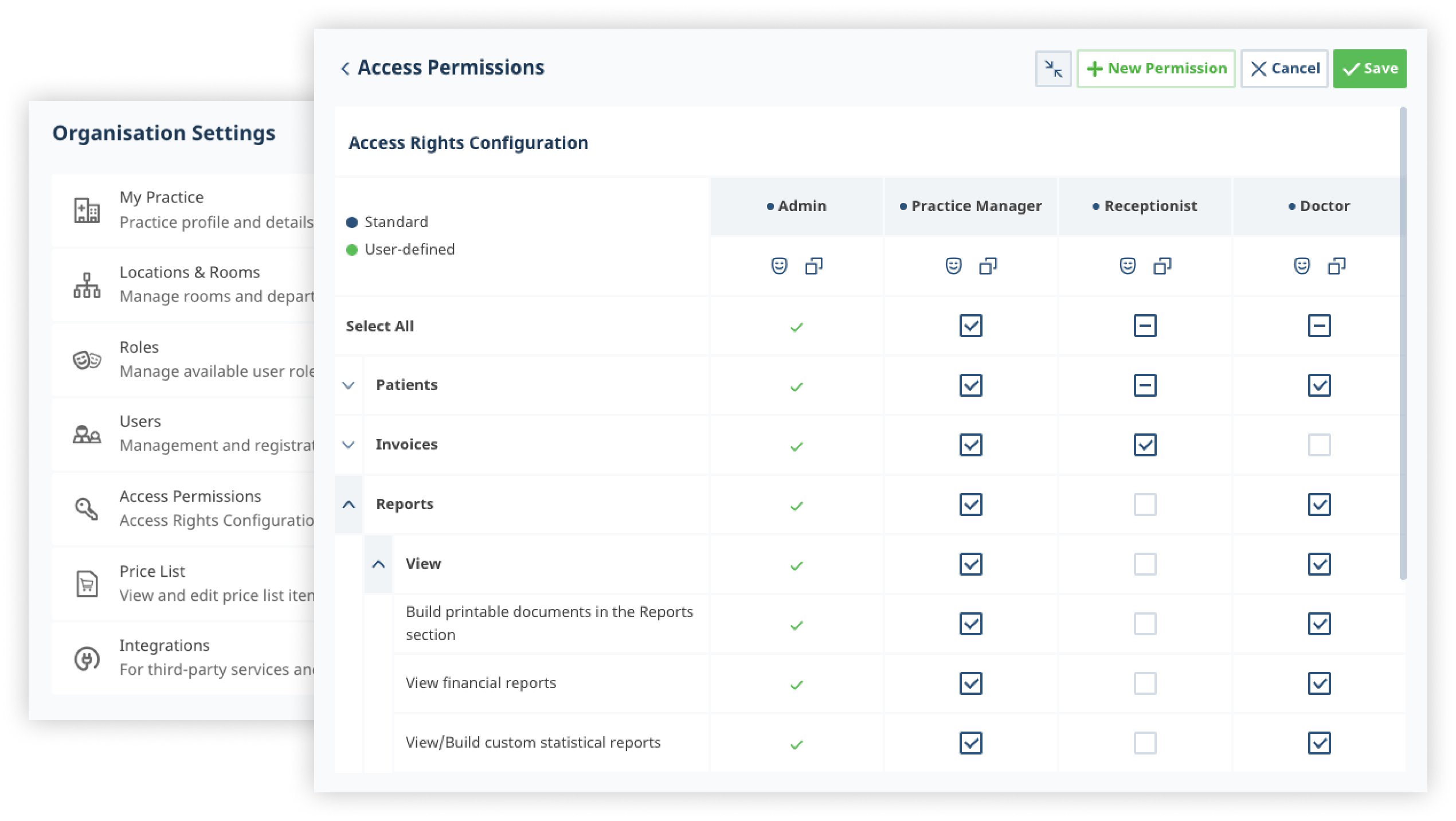
As modern technology becomes more common in healthcare, the vulnerability to cyber threats continues to increase. Cybersecurity incidents targeting the healthcare sector in the UK have risen significantly in the last few years, compromising the health information and security of millions of UK citizens. Globally, healthcare was the most breached industry in the first quarter of 2020, accounting for more than half of all attacks.
Learn how to simplify your practice workflow and free up more time for patients with Medesk.
Open the detailed description >>The Covid-19 Factor
But why the sudden increase in cyber incidents in the healthcare sector? Well, there are several reasons for that, but the outbreak of Covid-19 is the most prominent. For starters, the healthcare sector has been heavily digitized due to the Covid-19 pandemic. Now more than ever, the healthcare sector is heavily dependent on technologies such as telemedicine and patient monitoring devices for remote care.
Cybersecurity threats from criminals and nation-states have increased dramatically since the outbreak of Covid-19. Healthcare employees have had to shift to remote work, which has left organizations in the healthcare sector vulnerable to all kinds of attacks. Working at home without the security of the corporate infrastructure has created weaknesses that attackers are working very hard to exploit.
Cyber Risks in the Healthcare Sector in the UK
Reliance on digital technology during Covid-19 has left the healthcare industry vulnerable to a wide range of cyberattacks. Phishing, ransomware, man-in-the-middle (MitM) attacks, etc., against healthcare organizations are on the rise. Hackers use this data to perpetrate other crimes such as illegal access to prescription medication, insurance fraud, identity theft, and other illicit activities. Cybersecurity measures for healthcare are evolving; it's vital to also monitor attack surfaces with Intruder as part of a comprehensive strategy, ensuring exposures are identified and addressed promptly.
Healthcare organizations are also allowing their employees to use personal devices such as smartphones, tablets, and laptops to access medical records remotely. The vast majority of healthcare cyber incidents in the UK have resulted from malware being introduced to the network by personal devices. Ransomware, a type of malware that encrypts system files and locks users out of their devices until a ransom is paid, has become very common.
Medesk helps automate scheduling and record-keeping, allowing you to recreate an individual approach to each patient, providing them with maximum attention.
Learn more >> Medesk access permissions
Medesk access permissions
How Organizations and Individuals Can Stay Protected
Phishing, Ransomware, and other types of cyberattacks against healthcare organizations are on the rise. It's imperative that healthcare providers, medical research facilities, and other healthcare institutions invest in cybersecurity to protect themselves from these threats. Engaging penetration testing companies can help identify security weaknesses before malicious actors exploit them. One of the most effective solutions today is Managed Detection and Response (MDR), which combines advanced threat detection, continuous monitoring, and human-led response. MDR services help proactively identify and mitigate threats before they cause damage, improving the overall security posture of healthcare organizations. One of the most effective investments today is in DMARC solutions for business, which offer scalable email security tailored to organizational needs. To combat these growing threats, healthcare organizations should implement SPF, DKIM, and DMARC protocols, which work together to authenticate email senders and protect against phishing and email spoofing attacks. In this section, we take a look at some of the measures that healthcare organizations can take to combat the threat of cybersecurity.
Backup Your Data
As stated earlier in the article, Ransomware has become very common these days targeting both organizations and individuals. This type of threat is one of the reasons that you need to back up your data. Even the most security-oriented companies are still susceptible to Ransomware attacks. That’s why organizations in the healthcare sector need to back up their data regularly. With a proper backup, you can easily retrieve data and restore operations when disaster strikes.
Encrypt Personal Devices
The use of personal devices in the retrieval, transmission, and collection of electronic health records has increased during the pandemic. Bring Your Own Device (BYOD) present a significant cybersecurity risk to the confidentiality of health information. Encrypt your smartphones, tablets, and computers to protect healthcare data. Encryption uses cryptography to conceal information by altering it so that it appears to be random, unintelligible data. Encrypting your devices makes it harder for cybercriminals to hack into them and steal sensitive information.
Improve Password Security
Passwords are essential to data security. The vast majority of cyberattacks result from insecure or stolen passwords. This is not surprising, given that a lot of people don’t take password manager seriously. For instance, ‘password’ is among the top 25 most commonly used passwords across the globe. Use strong passwords to prevent hackers from gaining access to your devices via brute force. You can use a open source password manager app to generate and store strong passwords.
Protect Your Wi-Fi
A Virtual Private Network (VPN) has become a vital security tool for individuals and organizations. VPNs are popular for their online privacy benefits, but they can also improve your organization’s security. A VPN employs protocols, servers, and encryption to conceal sensitive data from malicious actors on the internet. For instance, using a VPN prevents cybercriminals from intercepting, modifying, or stealing sensitive personal and organizational data, including login credentials, patient health records, emails, and more. Even tracking your location through your IP address. If you're concerned about online privacy, you can check what is my IP to see what information is publicly visible and take necessary precautions. Cybersecurity experts from Cybernews recommend reading their Surfshark VPN review to explore how a trusted VPN service can further bolster your online privacy and security.
Discover more about the essential features of Medesk and claim your free access today!
Explore now >>Install Antivirus
The vast majority of cybersecurity threats in the healthcare industry are malware-related. When it comes to protecting against malware threats such as Ransomware. If you are using Mac scanning with CleanMyMac or installing an antivirus or antimalware software can go a long way. Antivirus programs can detect and eliminate malicious software and Potentially Unwanted Programs (PUPs) from your system. Security software such as antivirus can protect from a wide range of malware threats, including viruses, Trojans, spyware, adware, etc., but doesn’t guarantee ransomware protection.
Keep Software Up To Date
Update your software regularly to keep cybersecurity threats at bay. Hackers will often attempt to exploit vulnerabilities within your system to gain access to valuable data. Software providers consistently release updates for their applications to keep them secure. Ensure that you install these updates as soon as they are made available. Keeping your operating system, applications, and third-party plugins up to date prevents hackers from accessing your system through vulnerabilities in your installed software.
Cybersecurity Training
We all make mistakes, and cybercriminals are looking for every opportunity to exploit them. Hackers target the human element for their most effective attacks. They employ social engineering tactics such as phishing, spoofing, etc., to exploit human weaknesses. Healthcare organizations need to address the human element in their vulnerability to cybersecurity risks to defend against these threats effectively. Security awareness training can keep workers aware of the danger as well as the most common cyberattack tactics and how to protect against them.
Beyond reactionary measures, a robust action plan is paramount. Educating your staff on the importance of incident response goes beyond identifying threats. To truly fortify your healthcare organization, taking proactive steps to build an incident response plan tailored to your specific needs ensures not only preparedness but resilience against potential cyber threats.
Driven by the Covid-19 outbreak, cyberattacks targeting healthcare organizations in the UK have increased dramatically over the past year. When it comes to defending against these cybersecurity threats, being proactive is the best approach. Take a good look at your system to find out where you are exposed. Next, take measures to secure the vulnerabilities in your system. Use the tools and tips to develop a foundation for security in your healthcare company and protect valuable data.


